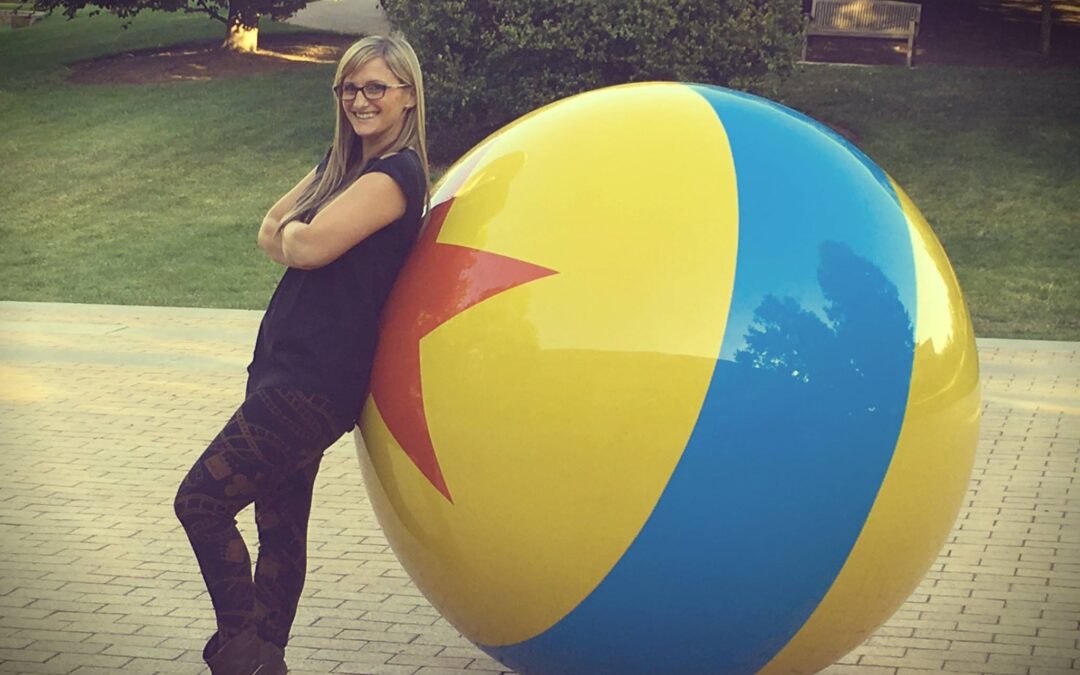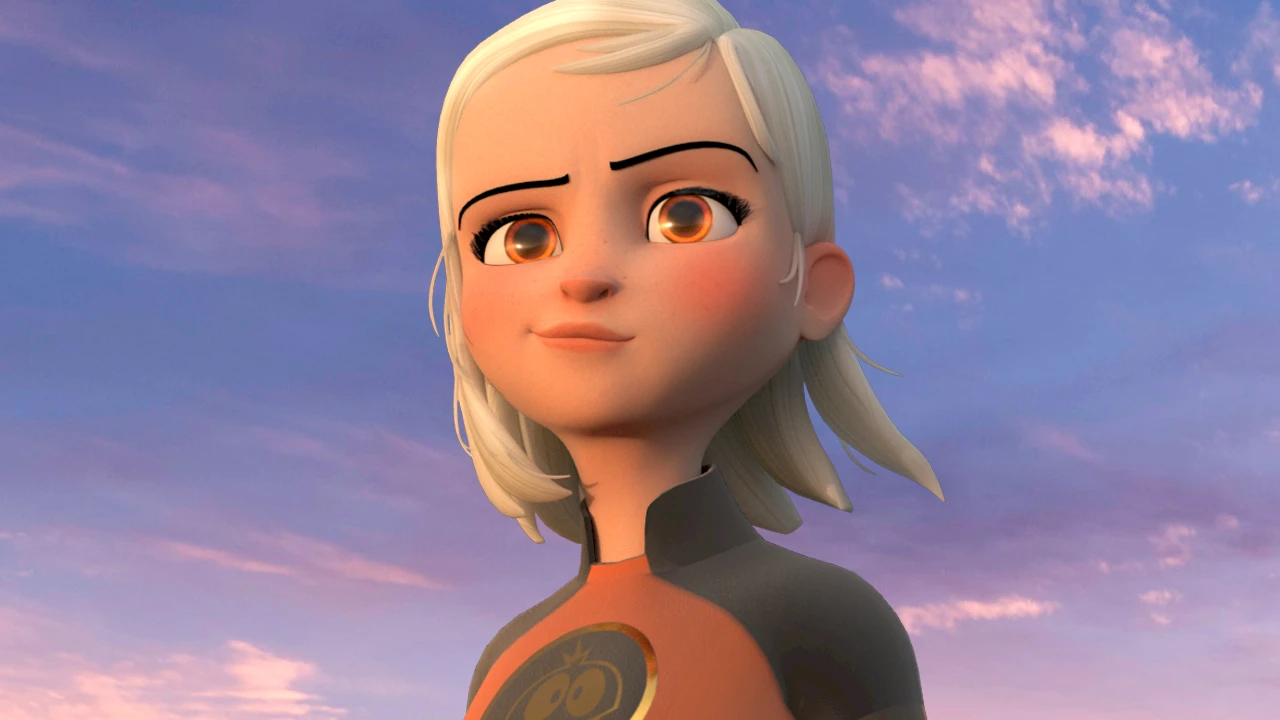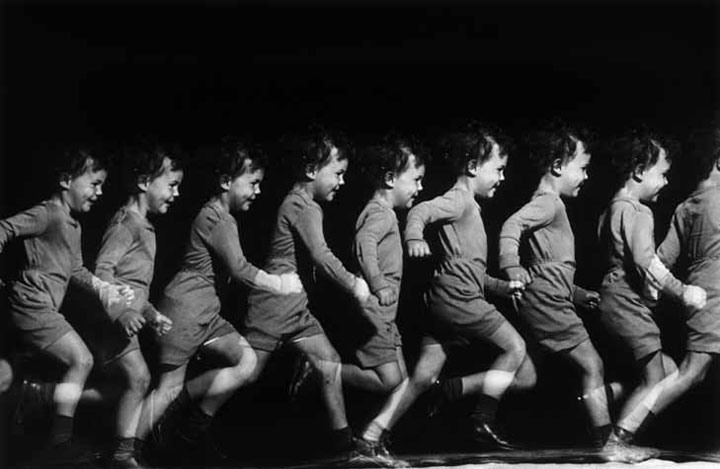
Animation Mentor Co-Founder and Creatures Workshop Mentor, Shawn Kelly writes about animation and what he’s learned in his animation career. Shawn currently serves as a Lead Animator at Industrial Light & Magic, where he has worked on numerous films including The Avengers, Battleship, the Transformers film franchise, Rango, Indiana Jones and the Kingdom of the Crystal Skull, War of the Worlds, the Star Wars: Episode I – III film franchise, The Day After Tomorrow, Pirates of the Caribbean: The Curse of the Black Pearl, Hulk, A.I. Artificial Intelligence, and The Adventure of Rocky & Bullwinkle.
-The Animation Mentor Crew
This blog post was originally published in the book Animation Tips & Tricks.
—
There are many types of reference materials that will be invaluable to you as an animator. Photography, comic-books, live-action movie reference, animated reference, and footage of yourself and your friends acting out a scene will all be incredibly useful as you sit down to plan your shot. It might be the most practical and useful planning of all, in fact.
One misconception that I often hear from students is that “using reference is cheating.” Well, if using reference is cheating, then 99% of the world’s top animators are cheaters! Nothing could be further from the truth. Using reference is essential, especially for animation students, to finding the most believable and unique performance for your scene.
First, let’s talk about some of my favorite reference photography for a second. Eadweard Muybridge’s books can be a big help, especially when learning about walk cycles and run cycles – both for humans and animals. My favorite, however, is the work of Dr. Harold Edgerton. His book “Stopping Time” is incredible, and documents his work as he pioneers incredibly fast flash photography, which allowed him to capture something at speeds upwards of 100,000th of a second. At these speeds, you can really truly see how the principles of animation exist, even on a very subtle level, in real-world situations where you might have imagined they wouldn’t apply. Check out the squash and stretch on a golf-ball, or the way a baseball bat slightly bends as it whips around — pretty incredible stuff to examine. We use both Muybridge and Edgerton’s work in our classes at Animation Mentor, and I’d recommend their books to any animator interested in delving deeper into learning why the principles of animation exist in the first place.
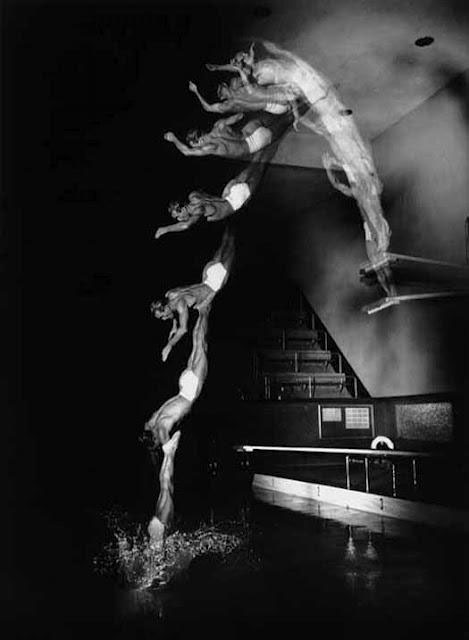
An example of Harold “Doc” Edgerton’s motion photography
Next up, we have one of the most underrated animation reference resources of all: comic books. If you’re interested in learning about dynamic posing, there is no better place to look than your local comic book shop. Check out some of Jim Lee’s recent Batman work, or J Scott Campbell’s “Danger Girl.” Comics are (and always have been) underrated in the “art community,” but you would do yourself a disservice by ignoring the work of some of the best comic book artists out there. Many of them come from an animation background, such as Mike Kunkel, creator of Herobear (awesome!), and you can learn more about line-of-action and dynamic posing by spending ten minutes in a good comic book than you can by watching hours of movie reference.

Jim Lee’s Batman
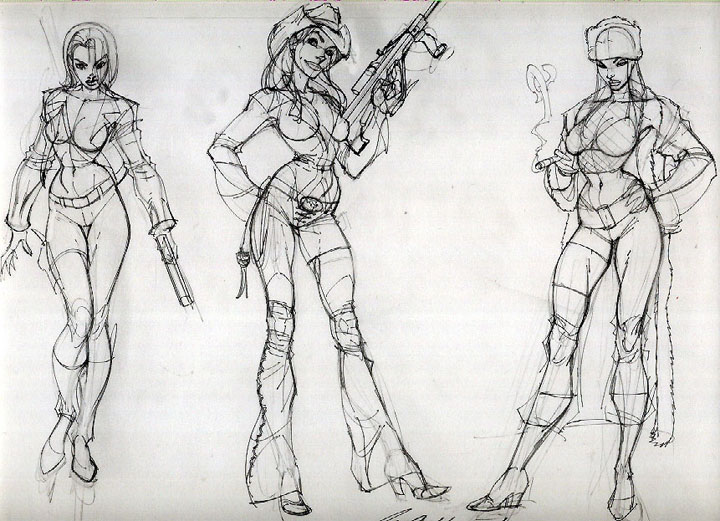
J. Scott Campbell’s sketch of Danger Girl
Live action and animated reference are next on my list, and these can be some of the most helpful. It’s important, in my opinion, to keep a solid reference library of films if you’re going to attack this monster known as “animation.” The pile of DVDs on my shelf at home come in handy on every single show I work on. It’s incredibly useful, for example, to be able to pull up some footage from the olympics to study how someone throws a javelin if you’re going to be animating a guy throwing a spear. If you’re going to be animating flying birds, what could possibly be more useful than spending some time studying the documentary “Winged Migration?”
Finally the most important reference of all – video reference of yourself and your friends. If you have an action shot to work on, set up a camera and get up and actually DO the action. Over and over and over and over. Do it until it feels natural. Film your friends doing it. Get as much reference as you can – at least until you know for a fact that you’ve filmed at least one take that you think would work well. Then it’s up to you to study that take and glean what you can from it.
If you’re working on a dialogue shot, that’s a whole other ball of wax and can easily involve much more pre-planning as you attempt to truly get into the character’s head, getting to know your character’s motivations, back-story, emotional state, etc. That’s a whole other ball of wax that we’ll tackle someday down the road – for now, let’s stick with this reference stuff.
Trailer for Winged Migration
The important thing here is that with all of these types of reference, you don’t just look at them. Don’t just look at the photographs. Don’t just flip through the comic book. Don’t just watch the movie. STUDY these materials. Find what makes the poses so appealing, or what maybe even makes a pose confusing or bad. You can learn from good *and* bad reference, so just soak up as much as you can. If you’re animating a bird, and you turn on “Winged Migration” and find the appropriate bird, watch it many times. Watch it in slow motion. Frame-by-frame. Look at how the wings work, find the key poses that the real bird is actually using. DRAW them in a sketchbook so that you remember them. Make notes to yourself.
Then when you get back to your desk, start applying the principles of animation to what you’ve just watched. This is KEY. Do **NOT** just copy it. Copying reference verbatim generally results in a robotic lifeless feel. Your job as an animator is to take that reference and apply your ART to it.
Remember – animation is an art. It isn’t math. It isn’t something where there is a formula that will work 100% of the time. But that doesn’t mean that you can skip over the essential step of planning your scene, and regardless of what the animation style you’re going to work in is, it’s always helpful to examine the way that body mechanics and emotions play out in the real world.
Click here to read more Animation Tips & Tricks by Shawn Kelly.


